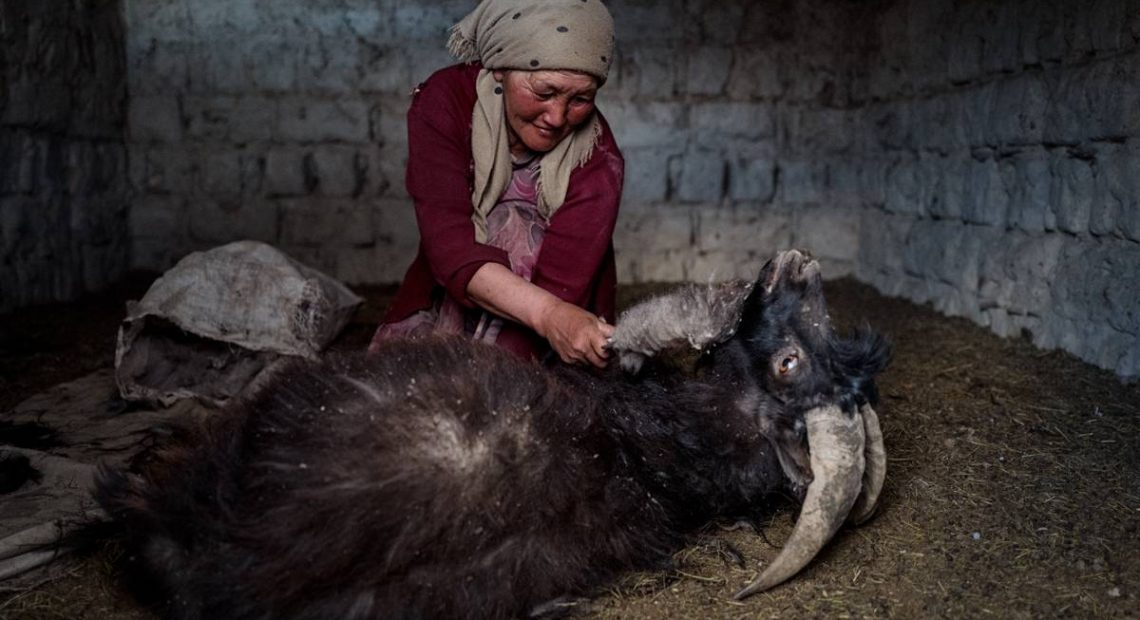

By Titilayo Kupoliyi
Mongolia is a landlocked country in East Asia, bordered by Russia to the north and China to the south.
With a population of 3.17 million people and more than 80 million livestock animals, Mongolia is the world’s second-largest producer of cashmere wool.
Surprisingly, despite the country’s sparse population, Mongolia Produces 50 percent of the world’s cashmere.
The report states that Mongolia has 30 million goats and because of the cold weather and spacious nature, the goats grow the best hair in the world.
The fur from the goats is taken to the factory to be transformed into cashmere, the fur is cleaned, dried, and knitted and the final product is cashmere.
Cashmere is one of the softest, smother warmest, most breathable, and long-lasting fabrics in the world.
This ancient fiber has long been associated with luxury, with earliest documented usage dating back to the 18th century, when Cashmere shawls were being exported to the Western world, particularly France and Britain.
In the 13th century, several caves were discovered in Mongolia, with representations of wild goats domesticated by man. It is very likely that even in earlier centuries, cashmere goats were raised by herders not only for their meat but also for their warm wool.
Today, the global demand for cashmere has been growing steadily across all sectors of the market, especially in Europe, where Italy and the UK are the main importers from China and Mongolia.
The cashmere sector is contributing to 5% of the Mongolian GDP and about 100 textile industries (95 Micro, Small, and Medium Enterprises) are providing more than 20,000 jobs to people, mostly in the capital city.
The increase in consumers’ spending on luxury goods has, however, brought significant negative social, environmental, and economic impacts on the environment, herders, producers, and buyers.
Still, in the transition towards a free market, Mongolian herders face difficulties in adjusting their productive systems to create value, preserve their natural resources, and altogether secure their livelihoods and resilience.
Loss of traditional know-how on collective rangeland management, collapsing extension services, lack of market opportunities, and dysfunctional value chains have contributed to an under-performing livestock sector.
To cope with economic uncertainties, herders have adopted a quantitative strategy, increasing their herds’ size as a safety net for food and livelihoods.
As of 2020, herd size is estimated at 80+ million while carrying capacity is estimated at 45 million.
Subscribe to our Telegram and YouTube Channels and also join our Whatsapp Update Group